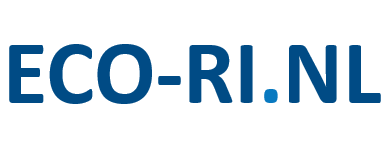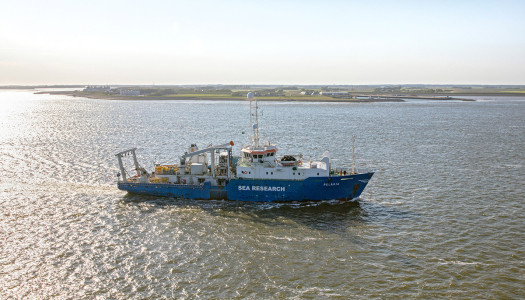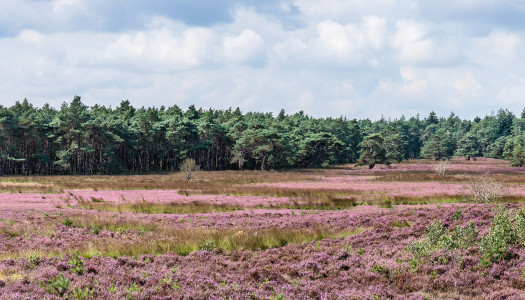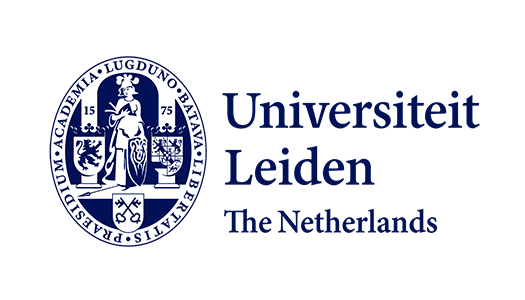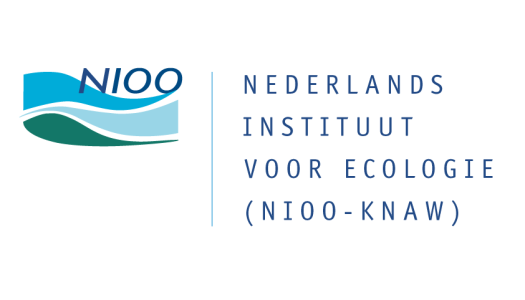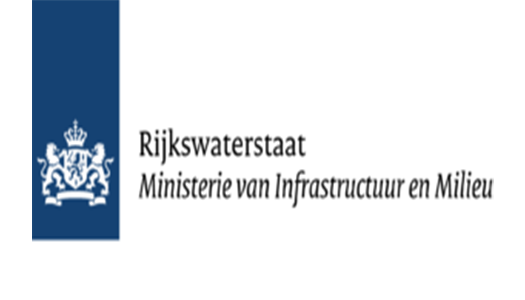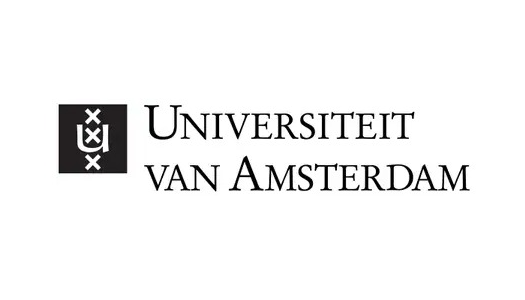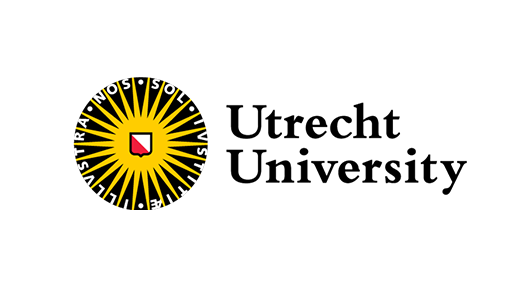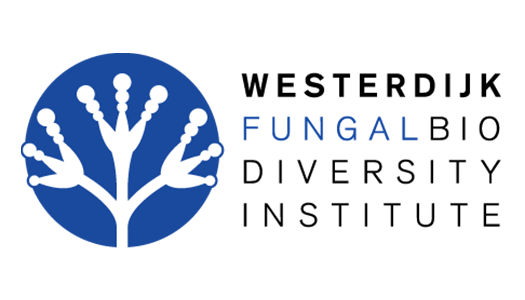Ecological research infrastructures in the Netherlands
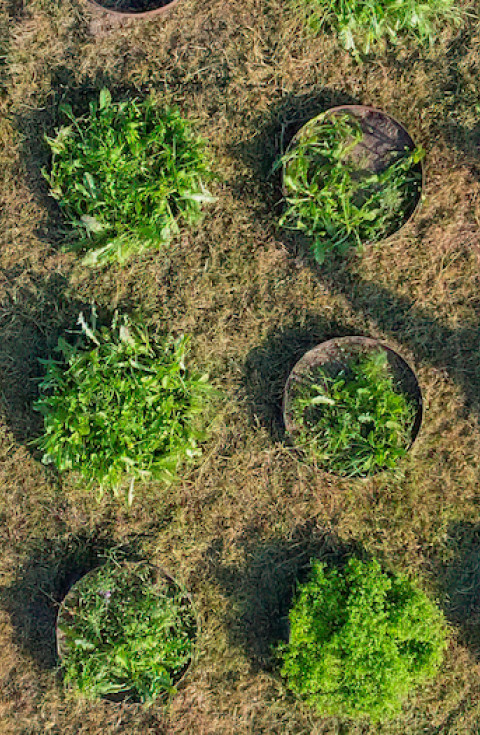
From experimental mini-lakes to research vessels, and from living labs to collections. In The Netherlands we have many and diverse ecological research facilities. This website provides a national overview of the large-scale ecological research infrastructures.
For ecological researchers in the Netherlands this overview offers opportunities to team up with other researchers and to link to existing ecological research facilities and initiatives. Currently, the inventory of large-scale ecological research facilities focuses on ecotrons, scientific (data) collections, long-term field studies and research infrastructures for fieldwork.
Map
List
Filter by
Infrastructure type
Landscape type
Institute
Active filters
Filter by
Infrastructure type
Landscape type
Institute
Active filters
-
NutNet Planken-Wambuis
Two of the most pervasive human impacts on ecosystems are alteration of global nutrient budgets and changes in the abundance and identity of consumers. In spite of the global impacts of these human activities, there have been no globally coordinated experiments to quantify the general impacts on ecological systems. The Nutrient Network (NutNet) is a grassroots, global research effort to address these questions within a coordinated research network comprised of more than 130 grassland sites worldwide.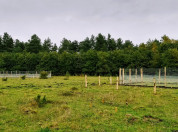
-
Optics lab
Optics lab with equipment to study the optical properties of plant, animal and artificial materials, and study insect eyes. Spectroscopic setups (probe, microspectrophotometer) to measure reflectance spectra, imaging scatterometer to visualise angle-dependence of reflection, angle-dependent reflectance setup to quantify angular dependence of reflectance, various types of microscopes. Goniometric research apparatus to quantify the visual field of insects.
-
Palaeoecology Reference Collection
The Palaeoecology Reference Collection contains reference specimens and archived material from palaeoecological investigations.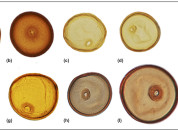
-
Polderlab Vrouwe Venne
At the Polderlab Vrouwe Venne, farmers, citizens and researchers work together to shape the future of Dutch agriculture. Its goal is to restore biodiversity and the peat meadow landscape. And that farmers can earn their living sustainably.
-
Research Vessel RV Dreissena
The research vessel RV Dreissena is used for (experimental) fieldwork programs on lake Markermeer.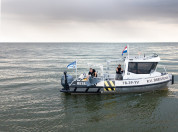
-
Sinderhoeve
The Sinderhoeve is an experimental field station with a variety of facilities for both aquatic and terrestrial research on the effects of chemicals in the environment, as well as more basic ecological research questions. It provides possibilities to perform experiments supporting the higher tiers in environmental risk assessment. The Sinderhoeve is part of Wageningen Environmental Research but is also available for research from external parties.
-
Soil ecotron
The ecotron consists of 60 cilinders with intact (non-disturbed) sand, peat or sea clay cores (20 each). For each soil treatment, ten of the cilinders are inoculated with soil from species-rich grassland with the same soil type. The other ten are inoculated with sterile soil from the same grassland. The cilinders are buried in an experimental garden.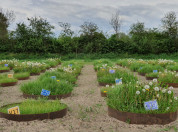
-
SPI-Birds Network & Database
SPI-Birds Network & Database, or the Studies of Populations of Individuals – Birds, is a grassroots initiative connecting those working on populations of individually-marked breeding birds. SPI-Birds is a metadata registry of individually-marked breeding bird studies and the people involved in these studies, and a central hub for data on individually-marked breeding birds.
-
Underwater laboratory
This underwater laboratory is used to study how to enhance biodiversity on subtidal, hard substrates, like dikes and other man-made structures like pillars or offshore wind farms. The facility is unique in bringing the hard to reach subtidal environment to the easily accessible tidal area of the Eastern Scheldt at the very doorstep of NIOZ at Yerseke, Zeeland. It is a collaboration between Rijkswaterstaat, Hogeschool Zeeland and NIOZ.
-
UNLOCK location Delft
UNLOCK is a unique large-scale research infrastructure that facilitates research on mixed microbial communities. It consists of three experimental platforms (Biodiscovery, Modular Bioreactor, Parallel Cultivation) and a FAIR data platform. UNLOCK provides a wide range of users with easily accessible and affordable state-of-the-art facilities and equipment, which allow for research resulting in scientific discovery and practical applications. Facilities are equipped to work with strictly anaerobic microorganisms.
-
UNLOCK location Wageningen
UNLOCK is a unique large-scale research infrastructure that facilitates research on mixed microbial communities. It consists of three experimental platforms (Biodiscovery, Modular Bioreactor, Parallel Cultivation) and a FAIR data platform. UNLOCK provides a wide range of users with easily accessible and affordable state-of-the-art facilities and equipment, which allow for research resulting in scientific discovery and practical applications. Facilities are equipped to work with strictly anaerobic microorganisms.
-
Veluwe grassland plant collection
This is a systematic collection of eight plant species from five grassland sites in the Veluwe, for which some tissue from individual plants is stored at -80 °C. For each site, up to 10 individuals from each species have been sampled along a transect at two time points (late May and early August).
www.eco-ri.nl is initiated and maintained by the Netherlands Institute of Ecology (NIOO-KNAW), and supported by the Dutch universities and research institutes connected to NERN (Netherlands Ecological Research Network) and/or BiodiversityXL (Centre of Excellence for Netherlands Biodiversity Research).
The inventory of ecological research infrastructures is ongoing. You are very welcome to share additional information via our contact address below.
Highlighted Ecological Research Infrastructures
-
National Research Fleet
The National Research Fleet consists of three research vessels: RV Pelagia, RV Navicula and RV Adriaen Coenen.
-
Limnotrons
The limnotrons are twelve stainless steel indoor mesocosms or mini-lakes with a high level of control.
-
LTSER-platform Veluwe
The Veluwe is the largest connected nature area of the Netherlands, with a great array of ecological and socio-economic research.
Institutions with ecological research facilities
-
Delft University of Technology
-
Erasmus MC
-
HAS green academy
-
James Cook University Australia
-
Leiden University
-
Naturalis Biodiversity Center
-
Netherlands Institute of Ecology (NIOO-KNAW)
-
Radboud University
-
Rijkswaterstaat
-
Ringersvereniging (Bird banding society)
-
Royal Netherlands Institute for Sea Research (NIOZ)
-
Sovon
-
University of Amsterdam (UVA)
-
University of Groningen
-
University of Twente
-
Utrecht University
-
Wageningen University & Research
-
Westerdijk Institute
Contact
If you have any additions to the inventory, please contact the NIOO Research Support Office via rso@nioo.knaw.nl.
